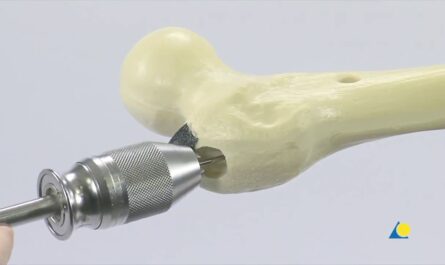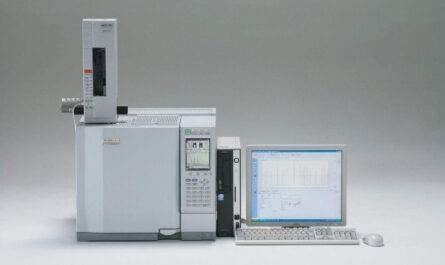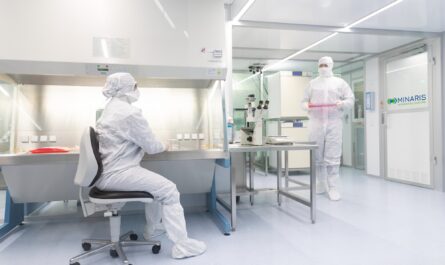Lung cancer is one of the leading causes of cancer deaths around the world. While it is often diagnosed late when treatment options are limited, early detection through appropriate screening can significantly improve survival rates. Here is an in-depth look at various lung cancer diagnostic tests and screening options available.
Symptoms
The first step in lung cancer diagnosis is recognizing potential symptoms which include a cough that doesn’t go away, coughing up blood, shortness of breath, weight loss, chest pain, etc. While many symptoms are vague, it’s important to see a doctor if any persist for more than a few weeks. A physical examination and medical history can provide initial clues to determine if further testing is needed.
Imaging Tests
Imaging tests play a crucial role in Lung Cancer Diagnostic workup. Chest x-ray is often the first test conducted which can detect abnormal masses or lesions in the lungs. However, it has limited sensitivity. For a more conclusive result, low-dose helical (spiral) CT scan is considered the standard diagnostic tool. CT scans provide highly detailed cross-sectional images of the chest enabling detection of small lung nodules as small as 5mm which may indicate early-stage cancer.
Biopsy
If imaging tests detect any suspicious lung abnormalities, tissue samples are obtained through minimally invasive biopsy procedures to confirm a lung cancer diagnosis. The most common types are bronchoscopy biopsy, CT or ultrasound-guided needle biopsy, and thoracoscopy biopsy. Specialized techniques like endobronchial ultrasound-guided biopsy increase accuracy for sampling mediastinal lymph nodes as well. Microscopic examination of biopsy tissue determines the type of lung cancer (non-small cell or small cell) and its stage which guides treatment planning.
Molecular Testing
Once lung cancer is diagnosed, molecular testing of biopsy tissue further characterizes the tumor genetics and biomarkers. Key molecular tests include epidermal growth factor receptor (EGFR) mutation testing for patients with non-small cell lung cancer (NSCLC) of non-squamous cell histology and anaplastic lymphoma kinase (ALK) rearrangement testing which help identify patients likely to benefit from targeted therapies. Other emerging molecular tests analyze additional genetic alterations to aid treatment selection.
Blood Biomarkers
Certain blood-based tumor biomarker tests provide additional information to aid lung cancer diagnosis, detect recurrence, and assess treatment response. Carcinoembryonic antigen (CEA) and cytokeratin-19 fragment (CYFRA 21-1) levels are elevated in some lung cancer patients. Newer blood tests analyze circulating tumor DNA shed from tumors into the bloodstream which can also detect mutations to guide targeted therapies.
Screening for High-risk Groups
While chest x-rays, CT scans or other tests cannot be recommended for general screening due to risks of false positives and overdiagnosis, screening high-risk groups can improve early cancer detection rates. The US Preventive Services Task Force (USPSTF) currently recommends annual lung cancer screening using low-dose CT scans for certain adults aged 55-80 who have a 30 pack-year smoking history and currently smoke or have quit within the past 15 years. Screening has been shown to reduce lung cancer mortality by 20% in such individuals. Other high-risk groups may also benefit from screening decisions made on an individual basis.
Advances in Diagnosis
Recent technological advancements continue to enhance lung cancer diagnostic capabilities. Digital tomosynthesis is an evolving 3D breast imaging technique now being adapted for lung cancer screening. Positron emission tomography (PET) scans utilizing specialized radioactive tracers (PET-CT) provide highly sensitive whole-body staging. Blood-based multi-cancer early detection tests analyzing patterns of circulating tumor-specific DNA promise earlier cancer detection across multiple cancer types including lung cancer. Artificial intelligence applications are leveraging large volumes of medical imaging data to potentially advance diagnostic accuracy through computer-aided image analysis as well. Such innovations aim to push the boundaries of early detection and individualized care.
In summary, a multi-disciplinary approach combining low-dose CT screening for high-risk groups, advanced imaging techniques, minimally invasive biopsies, blood biomarker tests, and molecular characterization holds greatest promise for achieving optimal lung cancer diagnosis and management outcomes. While challenges remain, continued diagnostic research promises more accurate, minimally invasive and personalized approaches to tackle this global health threat. Early detection through appropriate screening remains key to improving survival.
*Note:
1. Source: Coherent Market Insights, Public sources, Desk research
2. We have leveraged AI tools to mine information and compile it



